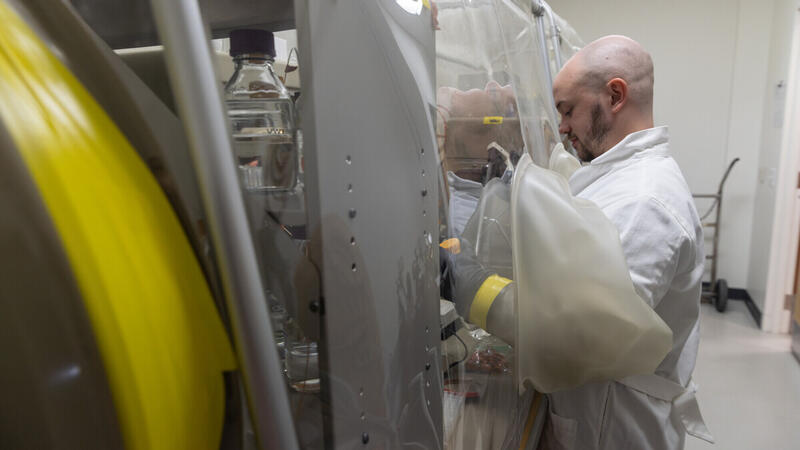News
Dual approaches pinpoint genes for better biofuel production
On July 5, 2020, Professor Jennifer Reed passed away after a long illness. Jennie joined the chemical and biological engineering faculty at UW-Madison in 2007, jumpstarting the department’s research efforts in computational systems biology.
Grasslands are a vital but shrinking ecosystem in the U.S., and conversion to cropland is a leading driver of this change.
Adrianna Trusiak has been on the job for three months but still hasn’t seen her office. She started her role as a Great Lakes Bioenergy Research Center research coordinator at the beginning of April, just a few weeks after the Center’s in-person operations ceased due to the COVID-19 pandemic.
One of the slowest and most expensive steps in turning biomass into chemicals and other useful products is separating the compounds of interest from the mixture of liquid solvents and other byproducts made during processing.
High yields. A deep root system that prevents soil erosion and allows for minimal irrigation. The ability to pull large amounts of carbon out of the air and sequester it in the soil. Beneficial effects on wildlife, pollination, and water quality. Perennial grasses, such as switchgrass and elephant grass, are wonderful in many ways and especially promising biofuel feedstocks.
Gracielou Klinger likes to describe the chemicals she uses in her research at Michigan State University (MSU) as “smelly.” Klinger, a biochemistry graduate student in the Great Lakes Bioenergy Research Center (GLBRC), studies how smelly chemicals such as sulfur can be used to break apart lignin and turn it into valuable products like biofuels.
The awardees span the four divisions — arts and humanities, physical sciences, social sciences, and biological sciences — on campus.
Researchers at the Great Lakes Bioenergy Research Center (GLBRC) at the University of Wisconsin–Madison have developed a method to create hybrid yeasts that combine traits from up to six different species. The approach allows scientists to harness advantageous traits from many species in a single strain tailored for a specific use, such as producing biofuels.





